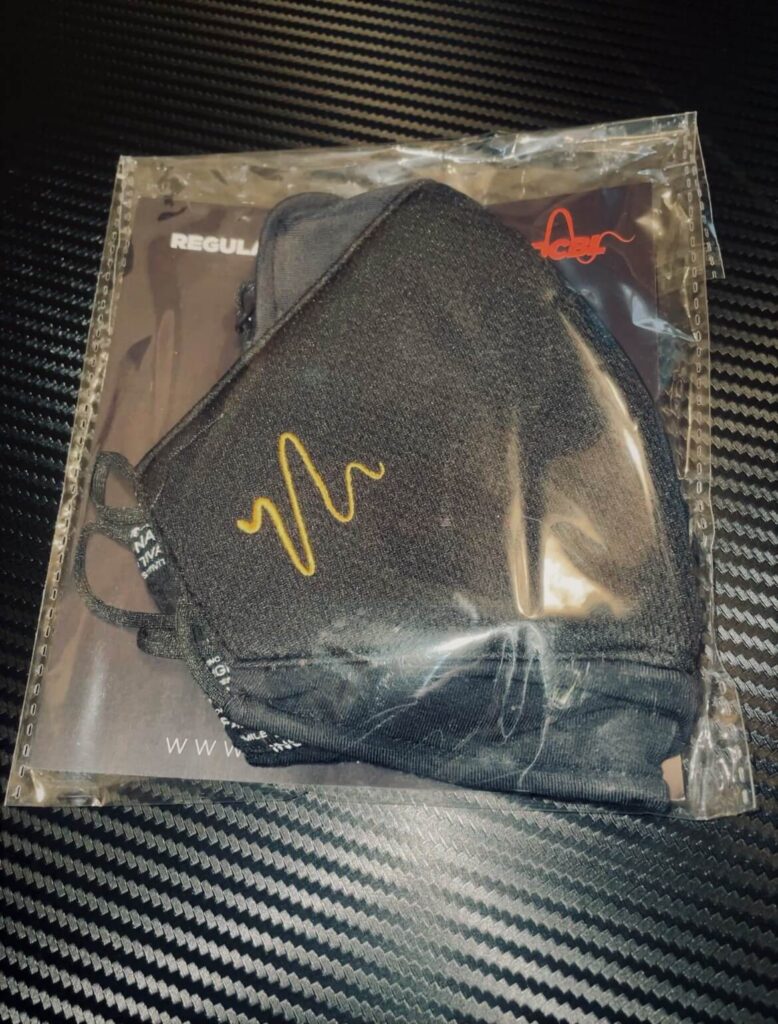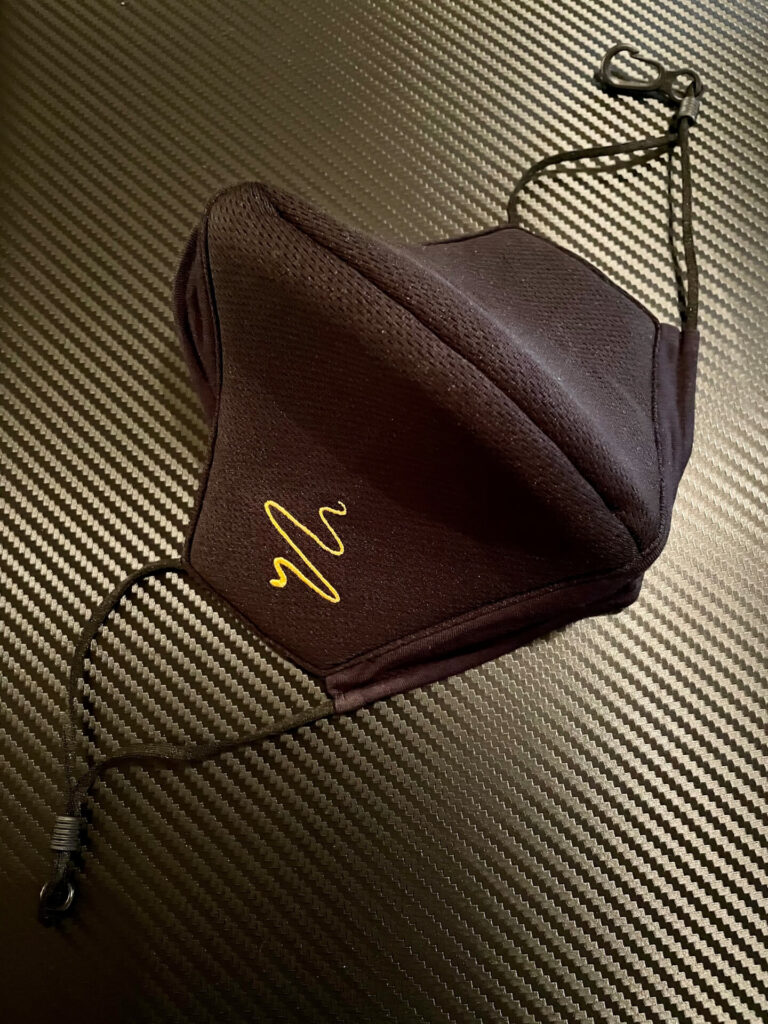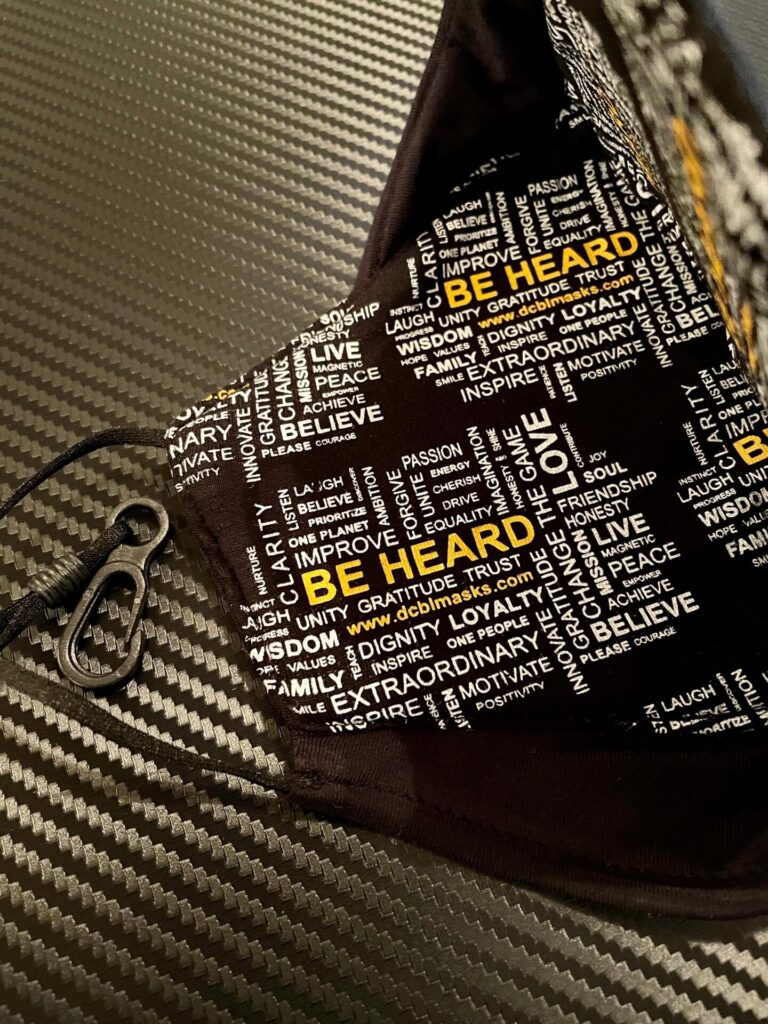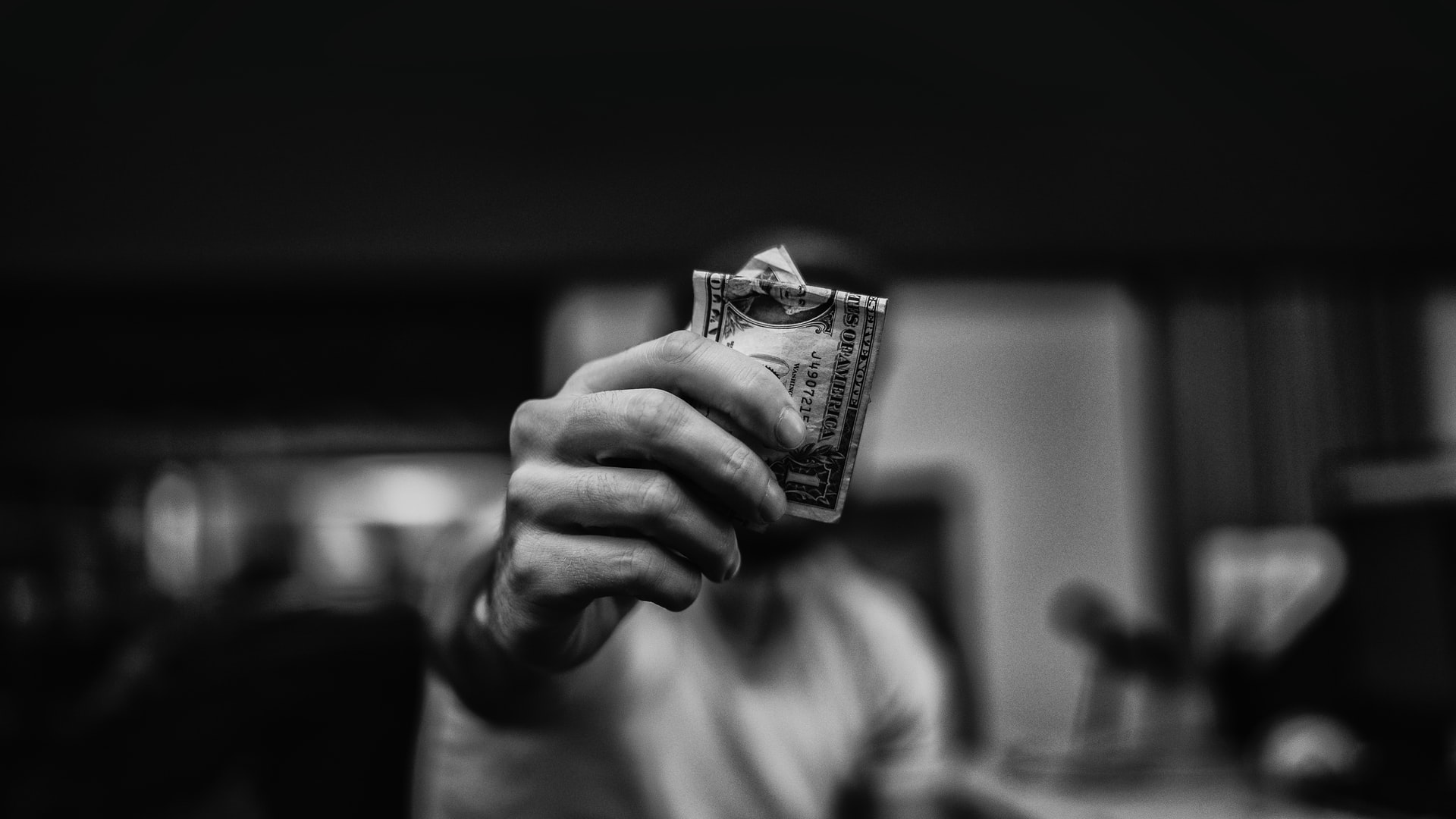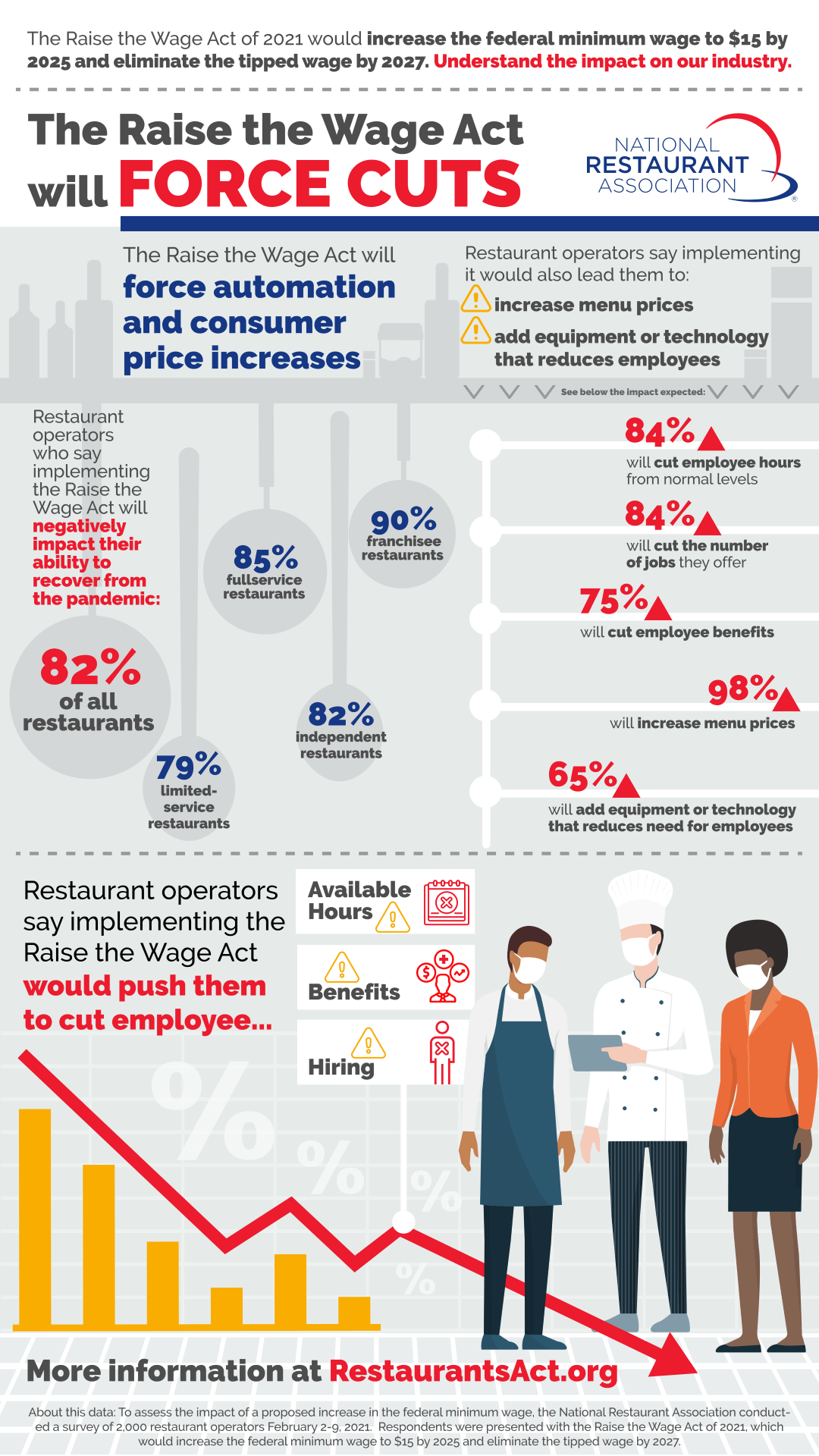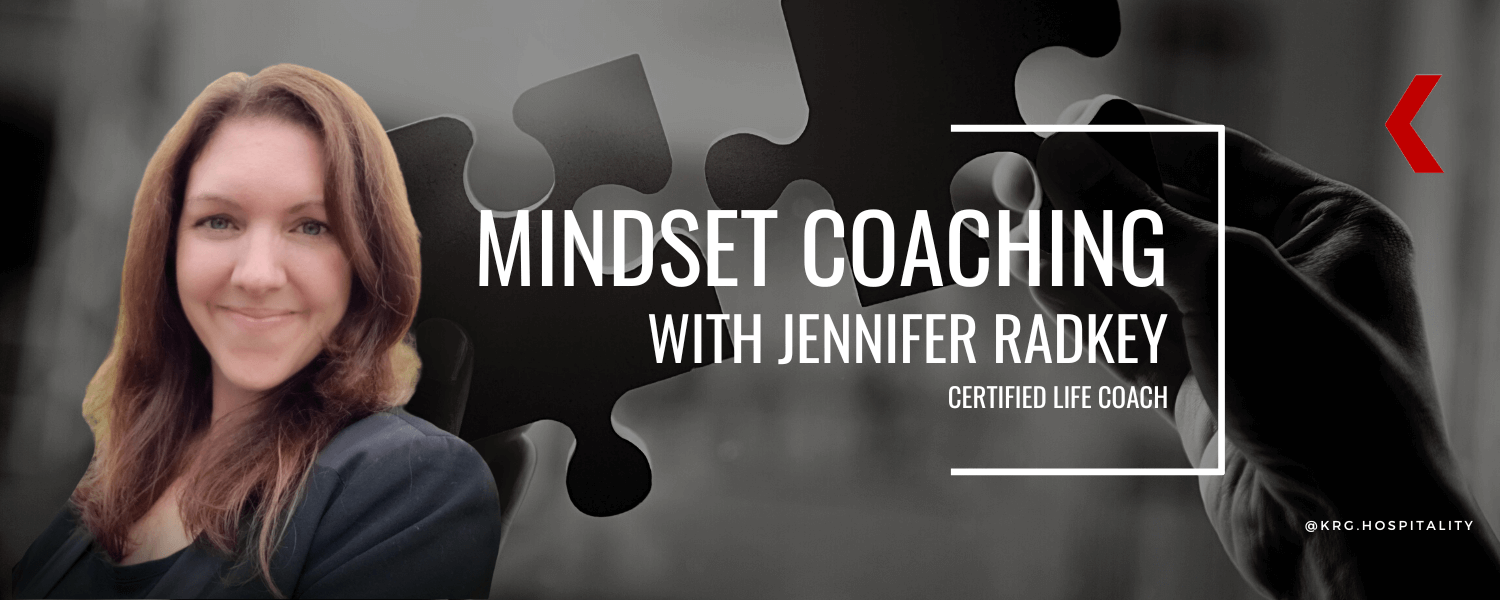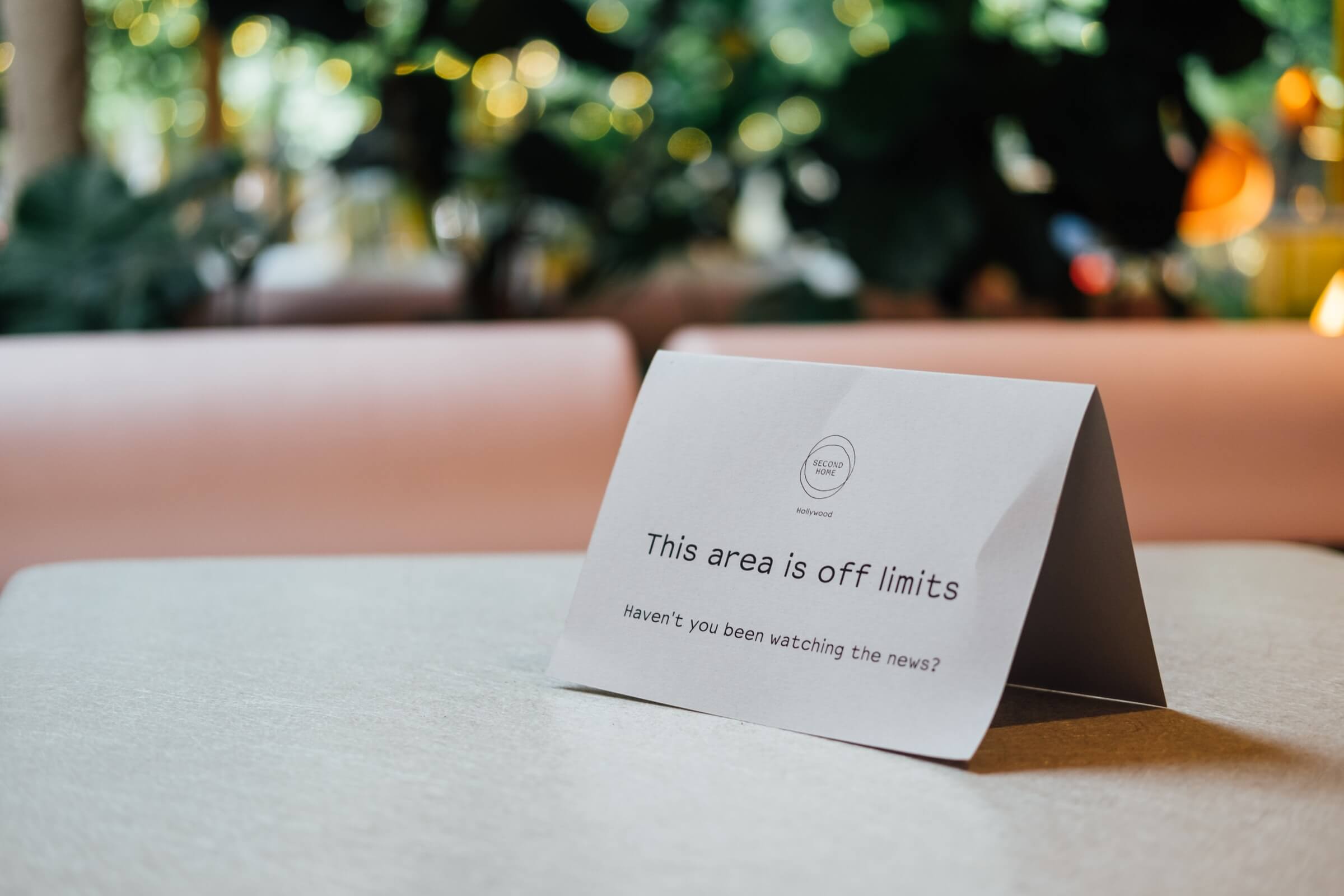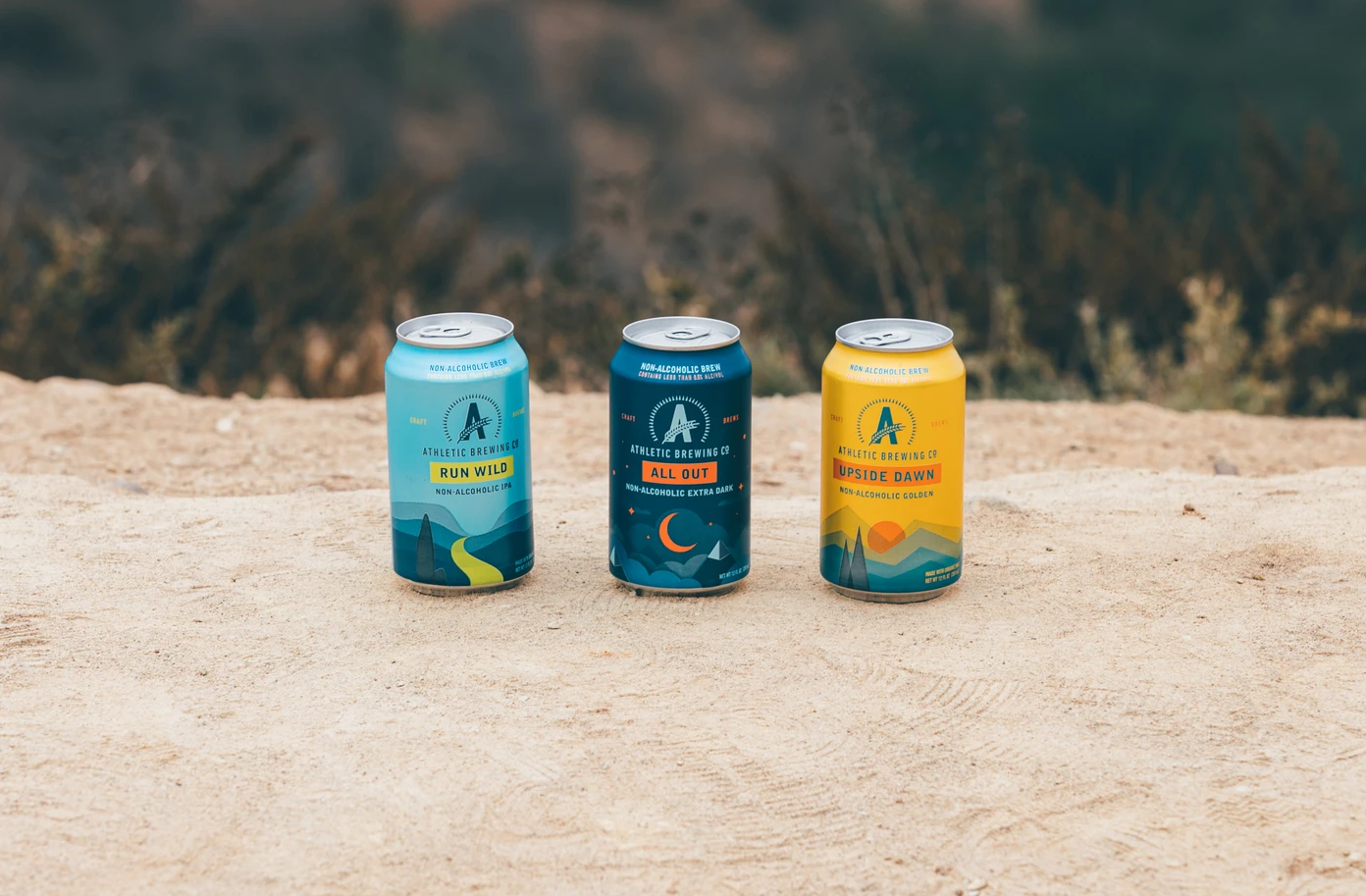Datassential Finds Operators Optimistic
by David Klemt
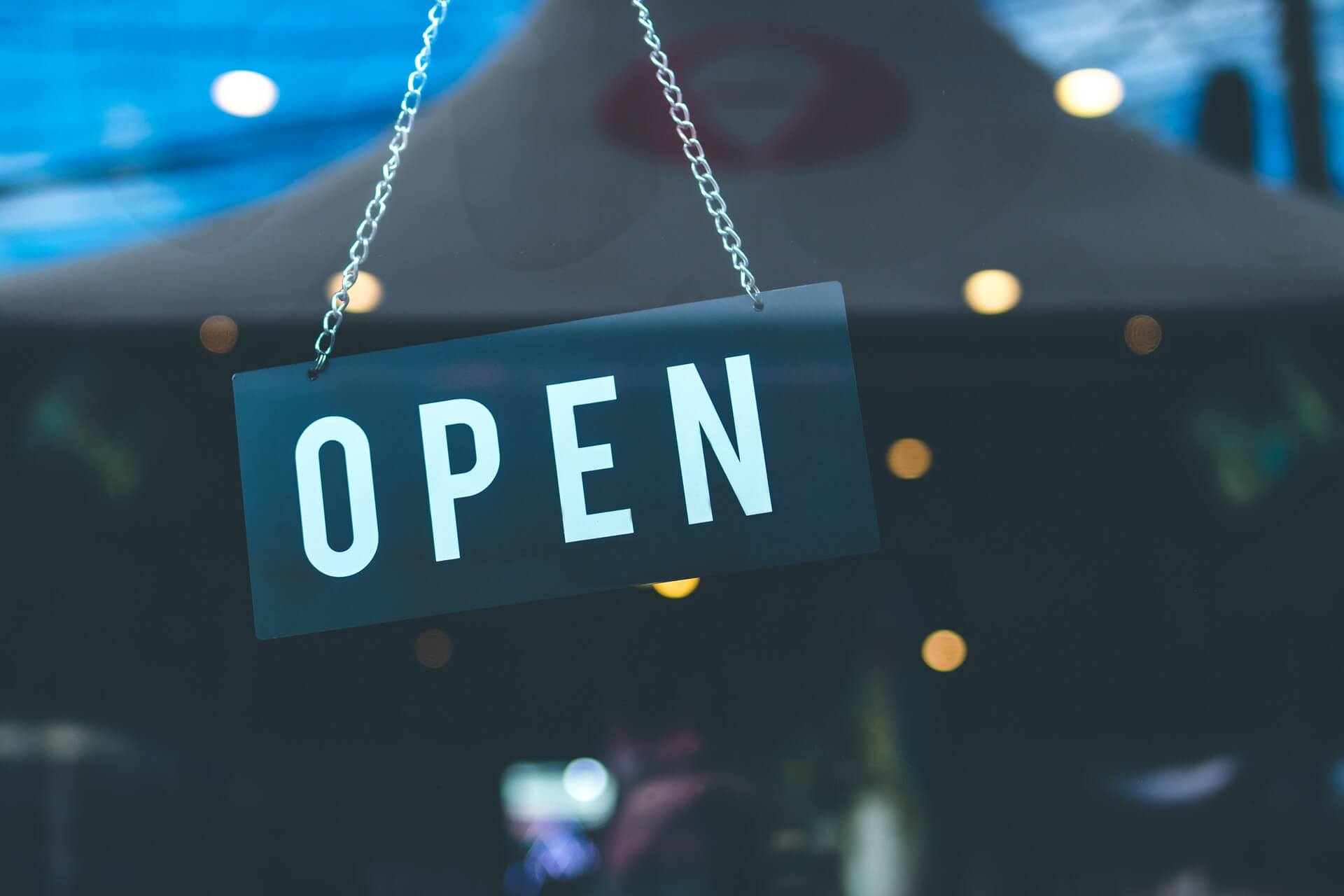
The latest report from Datassential finds that the vast majority of operators are optimistic or at least confident their businesses will survive the pandemic.
Per Datassential, operator outlook appears to be more positive than it was in December.
That’s largely due to the distribution of the Covid-19 vaccine.
Datassential Covid-19 Resources & Reports
Datassential has been releasing informative Covid-19 reports throughout the pandemic to provide helpful industry, consumer and operator data.
“Trending Upward” is Datassential’s 46th installment, and the research firm provides their Covid-19 resources at no charge.
For this report, Datassential surveyed 400 “decision makers for restaurants and on-site foodservice locations.”
Operator Outlook
Most of the operators surveyed, 220 or 55 percent, are still concerned about the challenges facing them and the industry. However, they’re “fairly confident” that their businesses will make it through.
That 55 percent represents no change from December of last year, when Datassential last gauged operator outlook.
The next two survey respondent segments tell the tale of optimism.
Of the 400 operators surveyed, 148 or 37 percent are “cautiously optimistic.” In fact, they expect to be even stronger post-pandemic.
Compared to December, that’s a seven-percent increase in operators who feel optimistic. That seven percent shifted from the “very nervous” segment,
Just 32 of survey respondents (eight percent) reported that they don’t think they’ll survive the pandemic. Losing any businesses to the pandemic and its terrible impact on the industry is beyond horrific, and the results of this Datassential report in no way minimize that awful truth. However, the percentage of operators who feel “very nervous” or otherwise pessimistic reducing by nearly half provides at least a semblance of hope for the future of the industry.
Staff Cuts
According to Datassential, more than 80 percent of operators who were forced to cut staff at some point during the pandemic have been able to bring back some of their workers.
Of the 400 respondents surveyed by Datassential, 21 percent of operators reported they hadn’t laid off any of their employees
Another 20 percent had to cut staff but were able to rehire all of them.
Nearly half (48 percent) have only been able to hire some of the staff they laid off back. Twelve percent have been unable to rehire any of the staff they had to let go.
Takeaway
Optimism is great for emotional and mental health. So is targeted relief. Operators and employees will likely feel far more confident and relieved if the industry receives actual targeted relief. This Datassential report’s findings are positive but we need Congress to act.
Click here to tell your representatives to pass the RESTAURANTS Act now.
Image: Artem Beliaikin from Pexels


